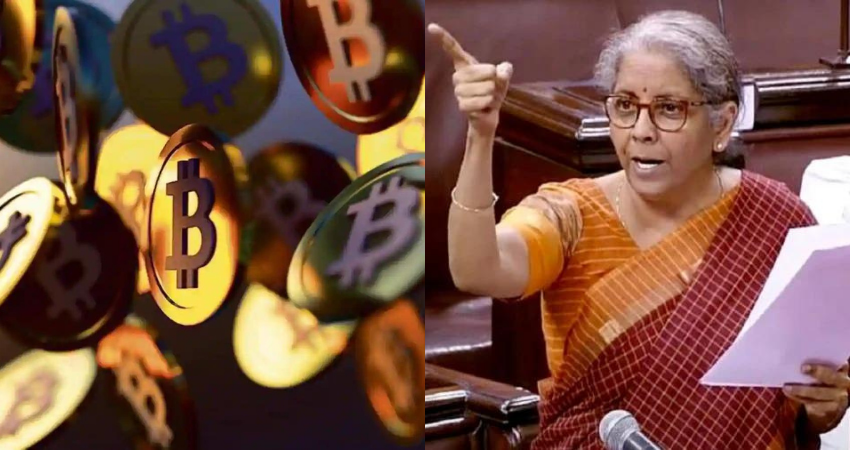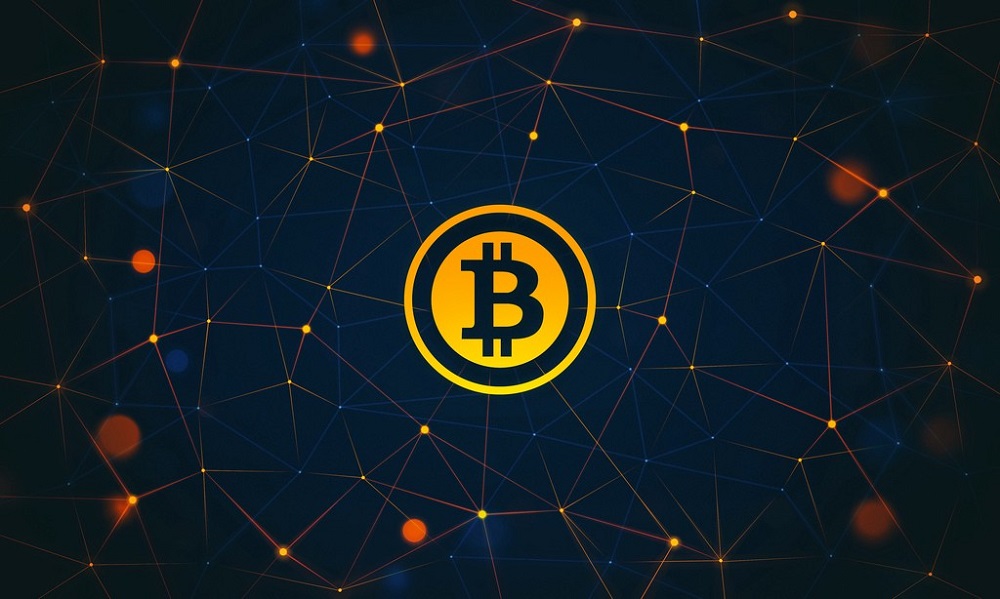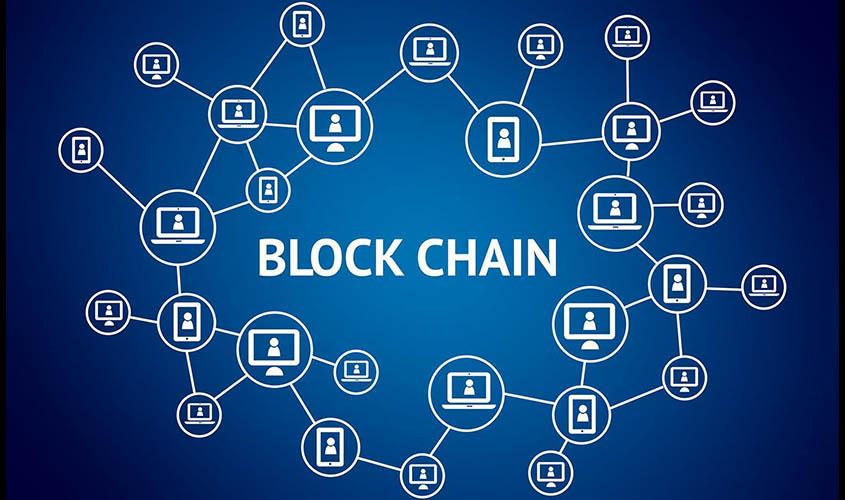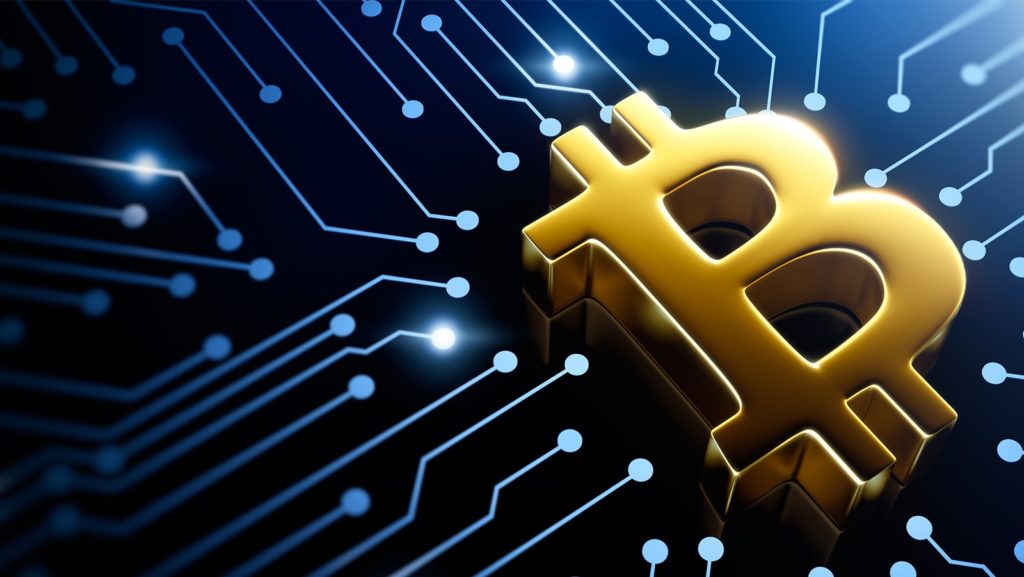On Friday Lok Sabha approved the proposed crypto bill and now digital assets transactions will be taxable. After passing this bill 1% TDS and 30% tax on capital gains will be charged on each crypto transaction. The tax will be applicable after passing this bill.
BSP leader Ritesh Pandey said, “Introducing the 1% TDS on blockchain transactions is going to hamper the way this business is done”.
During the debate on Finance Bill in Lok Sabha, the opposition party said the government is still not clear its stand on virtual digital assets and giving mixed signals on the crypto stand.
How Proposed Crypto Tax Bill Will Work?
The crypto tax will be applicable on all virtual digital transactions after passing this law. According to this bill, the crypto transactions will be charged 1% TDS on each transaction and 30% tax will also be applicable on capital gains from virtual digital assets.
While speaking on the crypto tax bill BSP leader Ritesh Pandey said, In the first crypto transaction, a user will buy a crypto asset. Then they will transfer it to their wallet. And using this crypto asset in the wallet the user can buy non-fungible tokens (NFTs). And the user will be charged 1% TDS at each of the above three example transactions. And this is not in favor of the asset class which is very young in the world.
The whole world is already involved in virtual currencies and India with nearly 1.4 billion people is one of the world’s fastest-growing markets for virtual currencies trading. And the Indian government’s stand is still not clear on cryptocurrencies. In 2018 Reserve Bank of India had effectively banned crypto transactions but this ban was struck down by the Supreme Court of India in 2021.
According to the current situation, this bill is against crypto investors and businesses related to it.
I am Pawan Kashyap currently living in Amritsar. I always try to grab new things from the cryptocurrency market. From my observations and trends in the market, I always try to provide the best and accurate information in the form of articles from this blog. Follow us on Facebook, Instagram, and Twitter to join us.








